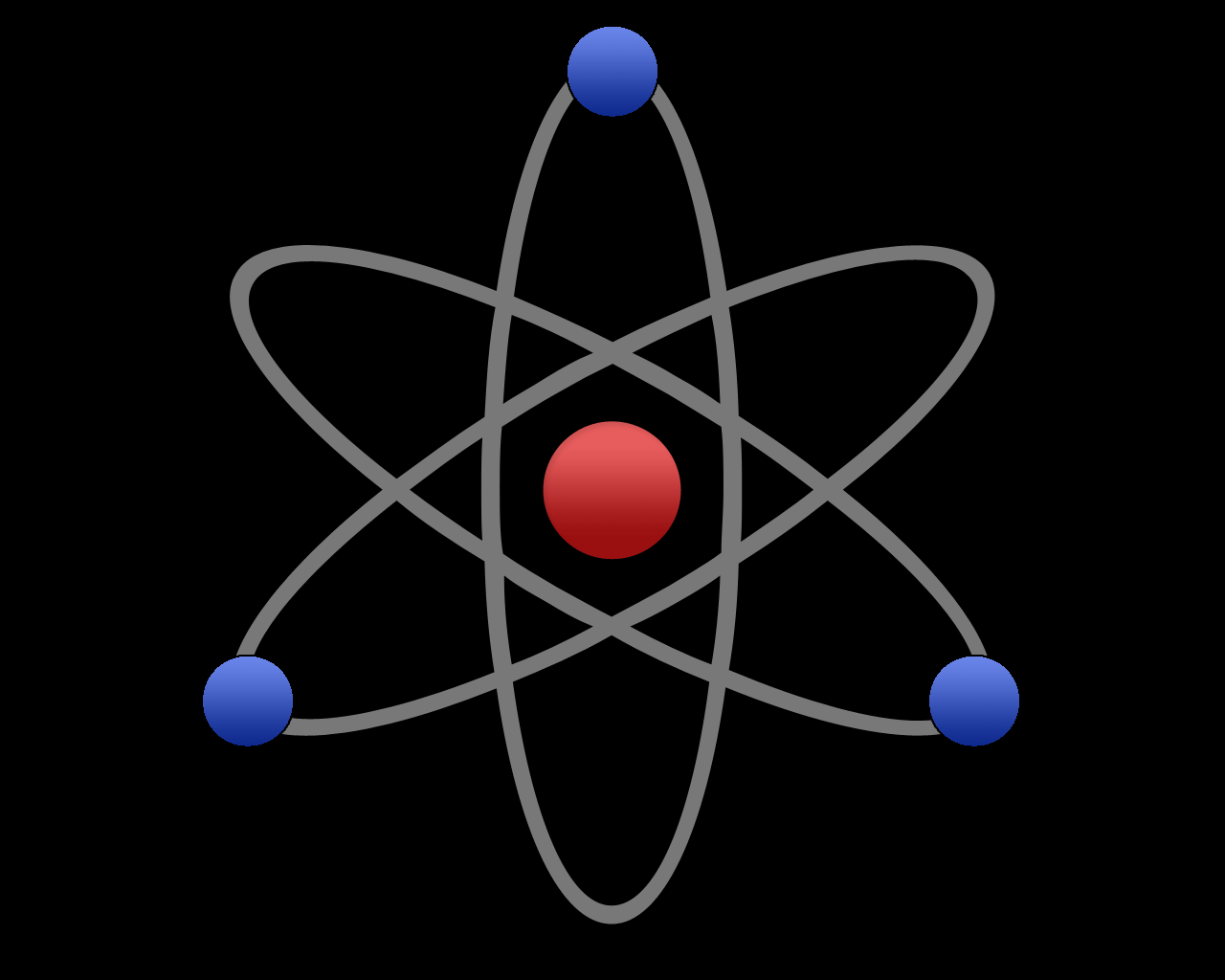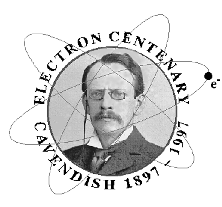Today (August 30, 1940) is the Memorial Day of Nobel Laureate Sir JJ Thompson, the father of modern atomic physics who invented the electron.

Sir Joseph John Thomson was born on December 18, 1856, at Seetham Hill, Manchester, England. His parents were from a Scottish family. He attended Owens College in Manchester in 1870 and then Trinity College in Oxford in 1876. He studied very well there and won the 'Adams Prize'. Due to that, he was employed as a member of the college till his death. His father wanted him to become an engineer. But after the death of his father, his family was unable to pay the dues and the wish was not fulfilled. His science education was excellent because he was educated by the best professors at Owens College.

In 1883 he was appointed professor of experimental physics at the University of Cambridge. Before this, he was a professor at Lord Raleigh. From 1884 to 1918 he was a Professor of Valuation at Cambridge and at the Royal Institution in London. He also became a member of the Royal Society. In 1890 he married Rosie Elizabeth. He had a son and a daughter. His son George Paget Thompson became an outstanding professor of physics and later won the Prize in 1937. Thompson first researched the atom and published a paper entitled Treatise on the Motion of Vortex Rings. It was in 1884 that he received the Adams Prize. In 1886 he published a paper entitled The Application of the Dynamics to Physics and Chemistry in Physics and Chemistry.


In 1892 he published Notes on Recent Researches in Electricity and Magnetism. This is the third volume of a book by James Clark Maxwell. Together with Professor Ponting (J.H. Poynting), he published a four-volume study of physics entitled 'Properties of Matter. Thompson was involved in the study of counter-radiation with the help of a cathode ray tube. His first study was whether it was possible to separate a negatively charged particle from a negative one. With the help of an electrometer, he made several holes in the tube and examined them with the help of a magnetic field. He realized that the opposite electrons could not be separated from these rays alone.


Second, he explored how these rays are struck by an electric field. He continued his research using a vacuum tube and luminosity. Thereby finding that the negative rays are struck by an electric field. In the third study, he tried to find the charge-mass ratio of the electron. He referred to negative particles as 'corpuscles'. Johnston Stony, a scientist, later confirmed that it was electronic. From this arose the fact that objects are electric. Contemporary atomic theory and the explanation of atomic physical effects emerged from this. He was therefore hailed as the father of modern nuclear physics.

In 1895 he published two books, The Evidence Elements of Mathematics and The Principles of Electromagnetism. They were also published in 1921 as the fifth edition. In 1896 Thompson went to America. He gave four lectures there based on his recent studies. He announced the discovery of an electronic particle during an evening lecture at the Royal Society of London. Announced on Friday, April 30, 1897. In 1903 he published a book entitled "Conduction of electricity through gases". The book, entitled 'Thomson's Greatest Days in the Cavendish Laboratory, was later published in two editions (1928 and 1933) by his son George Thompson. In 1904 he moved back to the United States. He lectured at Yale University on materials and electricity. His views on the 'structure of the atom' were published.

Austen explained a method of separating different types of atoms and molecules using positive light, using the ideas of scientists such as Dempster to help find many isotopes. By analyzing neon gas, he clarified that some elements are a mixture of isotopes. Based on this, Dempster and his students developed a mass spectrograph. In 1906 he was awarded the Nobel Prize for his research on the effects of gaseous electricity on a discharge pipe.

He was involved in determining the number of electrons in an atom by measuring the amount of radiation scattered by light, nameless rays, beta and coma rays. He was also involved in the study of the nature of positive particles. These studies helped his student Rutherford to continue his studies. In 1908 he was awarded the Order of Merit. In 1912 he became president of the English Society. He was given the position of Special Member of the Royal Society and then its President from 1916 to 1920.


In 1918 he became principal of Trinity College. Cavendish established the research road there. Royal Hughes Medals (1894, 1902) He was proud to receive several medals, including the Hodgkins Medal (1902) and the Scott Medal (Philadelphia -1923) from the Washington Smithsonian. Sir J.J., the father of modern atomic physics who invented the electron, Thompson passed away on August 30, 1940, at the age of 85 in Cambridge, England. His body was laid to rest at West Minister Abbey, where many of England's most famous geniuses were buried.
Source By: Wikipedia
Information: Dr. P. Ramesh, Assistant Professor of Physics, Nehru Memorial College, Puthanampatti, Trichy.
Get information like this
https://t.me/joinchat/jpqj3jQLN51kYTk9
Join Telegram Group.
https://chat.whatsapp.com/HHC5m0Jz3Ue1E8ilgta0YT
Join WhatsApp Group
Thanks.
Also, Read
🛑👍 CSIR-NET Physics Materials and Problems
🛑📕 21 GB and Hundreds of Physics E-Books Collection.
Get information like this
https://t.me/joinchat/jpqj3jQLN51kYTk9
Join Telegram Group.
https://chat.whatsapp.com/HHC5m0Jz3Ue1E8ilgta0YT
Join WhatsApp Group
Thanks.
Also, Read
🛑👍 CSIR-NET Physics Materials and Problems
🛑📕 21 GB and Hundreds of Physics E-Books Collection.
🛑🛥️ How does an Electric Motor work? (DC Motor).
🛑🤹♂️ Science Academies' Summer Research Fellowship Programme for Students and Teachers 2022.
🛑🔌 How does a Transformer work - Working Principle electrical engineering.
🛑🎙️ Transistors Explained - How transistors work.
🛑🔥⚡ How Thermocouples Work - basic working principle.
🛑🔌 Voltage Explained - What is Voltage? Basic electricity potential difference
🛑🔌 What is CURRENT– electric current explained, electricity basics.
Also, Read
🛑👍 CSIR-NET Physics Materials and Problems
🛑📕 21 GB and Hundreds of Physics E-Books Collection.
🛑🛥️ How does an Electric Motor work? (DC Motor).
🛑🤹♂️ Science Academies' Summer Research Fellowship Programme for Students and Teachers 2022.
🛑🔌 How does a Transformer work - Working Principle electrical engineering.
🛑🎙️ Transistors Explained - How transistors work.
🛑🔥⚡ How Thermocouples Work - basic working principle.
🛑🔌 Voltage Explained - What is Voltage? Basic electricity potential difference
🛑🔌 What is CURRENT– electric current explained, electricity basics.

.jpg)

No comments:
Post a Comment